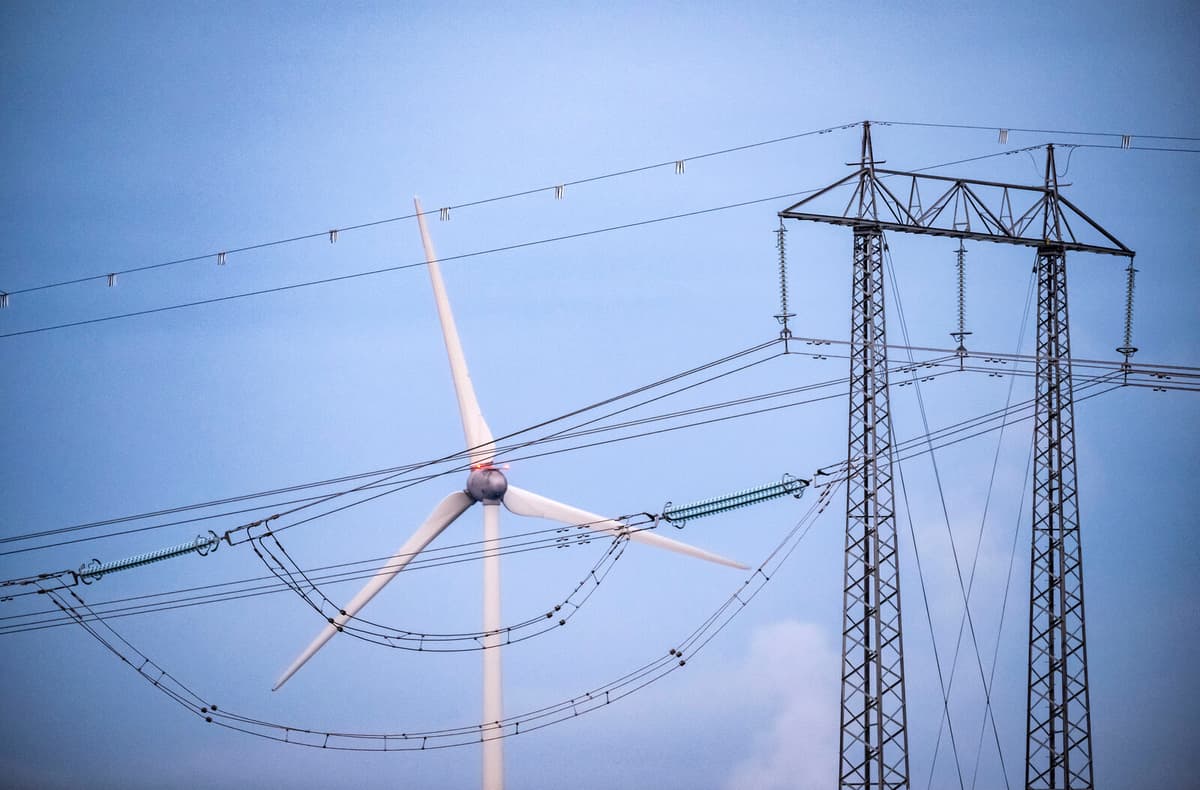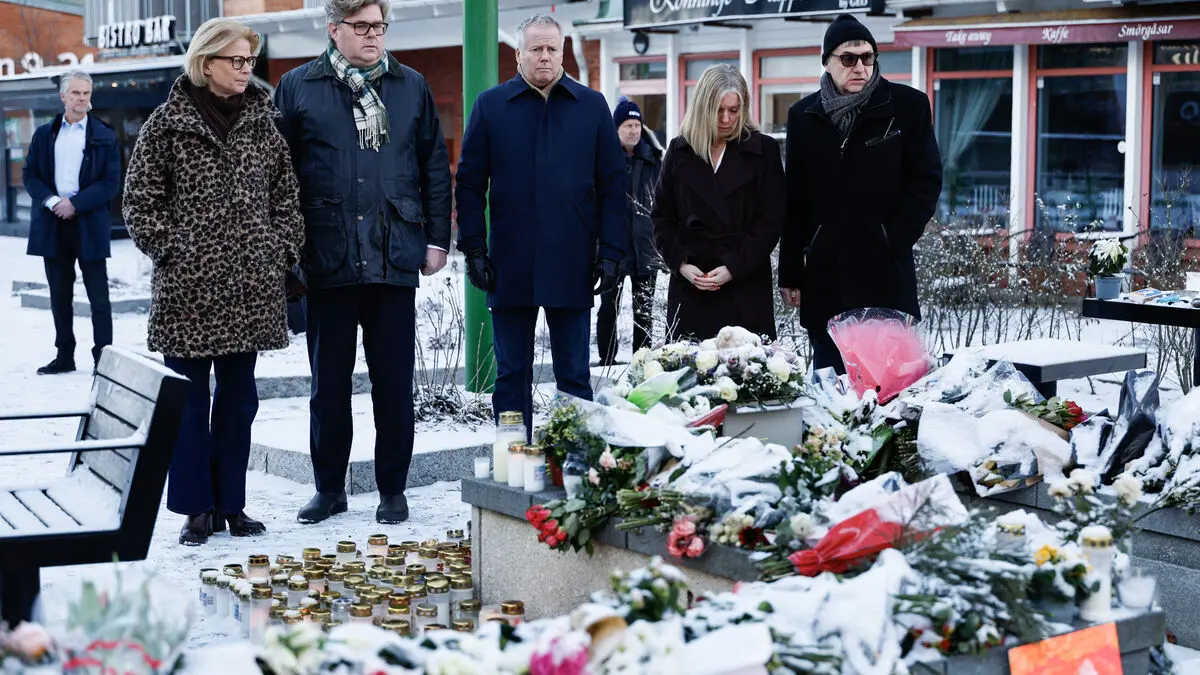On Thursday, the cost of electricity in all of Sweden is approximately 1.25 kronor per kWh on average over the day, with price peaks in individual hours of around 2 kronor in the evening, according to the electricity exchange Nord Pool.
This is the highest daily price in southern Sweden since March this year. In Norrland, you have to go back to a single day in January to find a higher price.
Most expensive month
Most of August has looked the same in the southernmost part of the country (electricity area 4) and makes the month the most expensive this year, except for February.
Nuclear power has been running on low power for a longer period, it's about serious faults in the Oskarshamn reactor that has been standing still for half a year, planned maintenance on other nuclear power plants and unplanned stops. Currently, half of Sweden's nuclear power is disconnected from the power grid.
Add to that almost windless weather, and a very large part of Swedish electricity production falls away at the moment, so much that Sweden was forced to net import electricity on both Wednesday and Thursday to secure the supply, which is very unusual during the summer. This has meant that the electricity price has sometimes been higher than on the continent.
Can get even worse
But the hydropower companies in the north, which have been properly priced for a long time, are rejoicing.
"When wind power does not produce, hydropower sets the price in line with the continent to produce the electricity that is needed," writes Johan Sigvardsson, electricity analyst at Bixia in a comment to TT.
And the current situation is expected to persist for at least the next week. He warns that it may become really tight with electricity at the beginning of week 37 (from September 8). Then, five reactors in the Nordic countries (Sweden and Finland) will be standing still for various reasons.
In addition to the market price of electricity, electricity tax, VAT, electricity traders' surcharges and network fees of over one krona per kWh are added.





